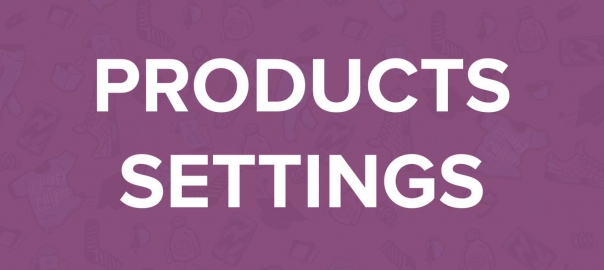The Checkout Settings Tab
Moving on to the Checkout settings tab, we see again several sublevels. For this moment, we’ll only discuss the Checkout Options. All other panels contain setup information about specific payment methods. More on choosing and configuring payment methods will be discussed in more detail in Chapter 4, Payments, Shipping, and Coupons:
The Checkout Options are as follows:
- First, decide if you want to Enable the use of coupons in your store. Using coupons gives a lot of marketing possibilities, but there’s also a downside. Enabling this field will show an enter your coupon field on the front-end during checkout. Visitors will see the field and might start searching for a valid coupon on the web. In other words, only enable this setting if you’re planning on using discount coupons.
- The next field is also enabled by default. Allowing a guest checkout has proven to be positive for conversions. Not everyone always wants to create an account for every store they buy something at. Having guest checkout enabled makes sure that these users can buy and pay without creating an account.
- The Force secure checkout field is used when working with SSL certificates. Enabling the field will mean that checkout is only possible when an SSL certificate is in place and a secure connection between the client (visitor) and the server (your website) could be made.
Not sure what an SSL certificate is and how to use that for your website? The principle cannot be explained in just a few sentences, but by using an SSL certificate on your website you’ll be able to offer your visitors a safe connection during checkout. More and more customers pay attention to security measures like this. There are lots of companies that offer SSL certificates. Verizon (http://www.verizonenterprise.com/products/security/ identity/ssl/) is a major player, but you may just as well ask your hosting provider for help. Especially if you need to be able to collect credit card information directly on your own website, using an SSL certificate is a must. In case you’re using a payment service provider you do not really need one, but increasing trust is always a good thing. Besides that, the SSL certificate seems to become more important lately now that also Google considers it as one of the many ranking factors. So your website will rank better on Google if you have SSL enabled. More on payments will follow in other topics, Payments, Shipping, and Coupons.
- At the Checkout Page, the first two fields have been pre-filled again. You can keep them as they are. The third field, Terms, and Conditions, is optional. If you want your customers to agree with your terms and conditions then do the following: save your changes here and head over to the Pages menu. Add a new page named Terms and conditions and fill it with your content. Save and publish that page. Next, come back here at the Checkout settings tab to select that page from the dropdown and save the settings again.
- The checkout endpoints were also automatically created. We recommend not to change these.
- Finally, the table with Payment gateways is shown and can be sorted here, but we’ll discuss the usage of that one in further topics, Payments, Shipping, and Coupons.






